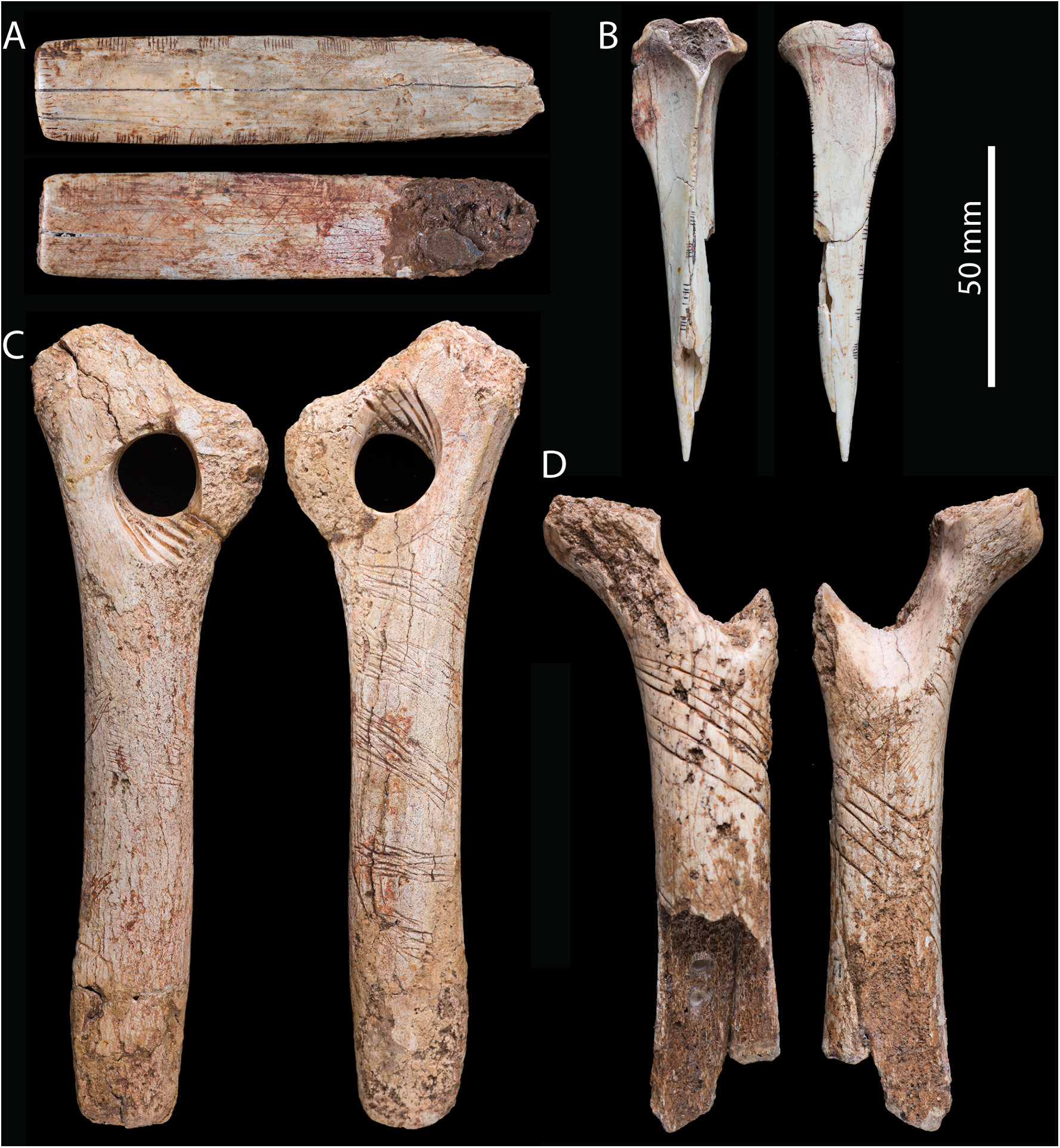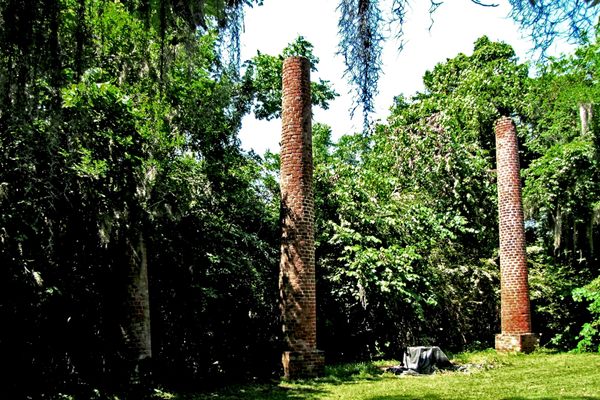Why Some Ancient Cannibalism May Have Been Ritualistic Rather Than Culinary
A mystery to sink your teeth into.

Scientists have known for some time that Ice Age humans living in Britain consumed human flesh – but new research into distinctive zig-zag carvings found on the leftover bones suggests that there may have been a symbolic purpose to their stomach-churning practices.
An analysis of a 15,000-year-old human forearm found at a site at Gough’s Cave in England showed unusual patterns engraved into the tissue. These, researchers now say, are not the signs of a butchering process or teeth marks, but instead deliberate marks, which likely had tremendous symbolic meaning. On top of that, it looks as though the victims were not slaughtered or fought, but instead died of natural causes. It’s possible that this cannibalism was part of a complicated funeral tradition.

By looking at the marks under a microscope, head researcher Silvia M. Bello was able to deduce that they were made in a single sitting, by one person using a single tool. They make a spiky zigzag along the length of the bone, like a woodcut of a mountain range.
“We can only speculate about the context in which this happened,” the authors wrote in the study, published in PLoS One. But, they said, the sequence did suggest “complex ritualistic funerary behavior that has never before been recognized for the Paleolithic period.” Still, we can’t be sure of what that behavior might mean, nor what the marks are trying to say. One suggested possibility was that the marks told a hieroglyphic “story-tale” that was in some way connected to the deceased.



















Follow us on Twitter to get the latest on the world's hidden wonders.
Like us on Facebook to get the latest on the world's hidden wonders.
Follow us on Twitter Like us on Facebook